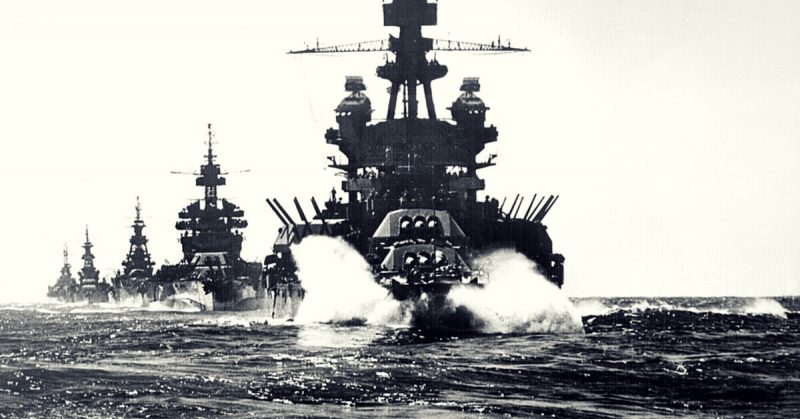There are divers who search for wrecks under the sea in the hopes of finding treasure, but those from Operation Render Safe, are diving for quite a different kind of ‘treasure.’ They are part of an international group which is systematically clearing the seas around many affected Pacific Islands, removing old, corroded, unexploded, and dangerous WWII ordnance.
Huge and very expensive efforts have been ongoing to safely remove such items, but lately, the efforts have been stepped up, for it is becoming obvious that besides the physical danger to individuals, the slow and ongoing deterioration of all these war-waste munitions is beginning to contaminate the environment. This, in turn, threatens to seriously contaminate water supplies.
In many of the war areas, particularly in the Pacific regions, there is the problem of contamination of the surrounding sea waters, which threatens the livelihood of the fishermen. While island officials have worked hard, recovering significant amounts of WWII bombs, sea mines, hand grenades, and artillery as well as mortar and small arms ammunition in both urban and rural areas on a regular basis, there is a need for extra support.
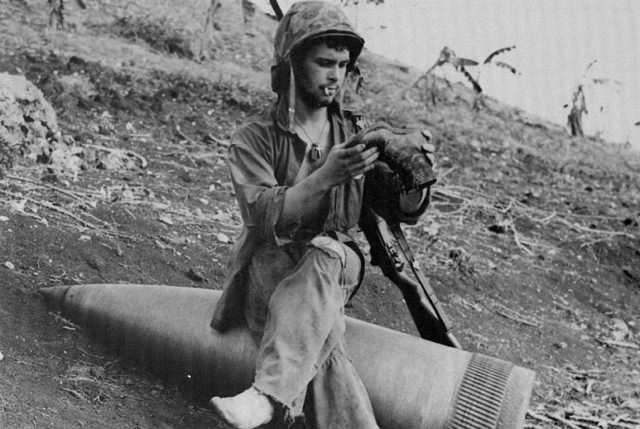
At the height of WWII, a series of battles took place throughout the Pacific Islands region. Large stocks of munitions were brought in, and many of these items were left strewn across islands, buried in the soil or dumped in lagoons, thus posing a significant threat to local communities, their farmlands, their water supplies and damaging their seas. Many of the Islands that were caught up in the war now have to face this problem.
There are a number of agencies that are working towards the clearing of depots, dumps and old storage facilities and removing all unexploded dangerous, corroded WWII munitions. Concerted efforts by countries such as the USA, the UK, Canada, Australia and New Zealand are ongoing. In a joint exercise, the recovery and removal of dangerous
The exercise named Operation Render Safe, besides clearing the surrounding seas for the safety of the islanders, has resulted in the prevention of contamination of the fish stock. This operation also puts a stop to “fish-bombing,” whereby some fishermen use the explosives to catch fish – an action which harms the environment and threatens their own well-being.
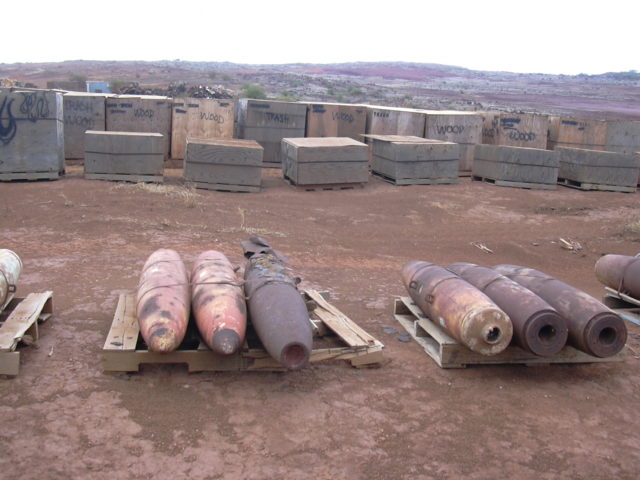
In the Russell Islands, various groups have been working towards ensuring that the villages, as well as the surrounding waters, are safe. Some of the villages have had more than 50 pieces of ordnance removed from them, and tons of ordnance was removed and detonated in a controlled manner. Operation Render Safe was also involved in the clearing of over 100 sites on Bougainville in Papua New Guinea, from where more than 16 tons of explosives were removed.
There is still so very much more left to do, for recently, a camp on Nauru was evacuated when a very large unexploded bomb was found. Since an unexploded Howitzer artillery shell had been found there a few years back, it seems that the site needs to be properly checked for more unexploded ordnance. Work is also ongoing in Samoa where, after the discovery of unexploded ordnance during excavations at the Tafuna site, the US Army Reserve Centre was closed until experts were called in to dispose of it.
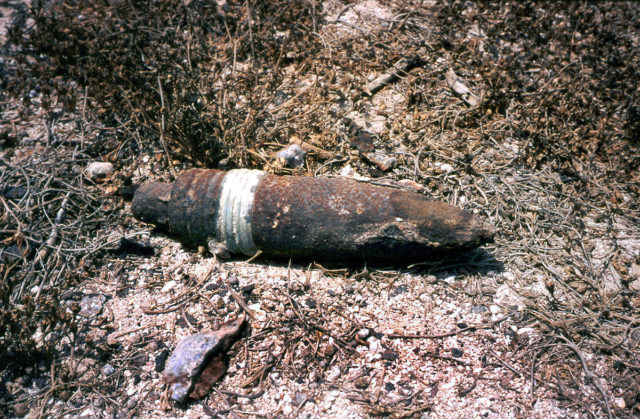
Europe, having been a major war arena, has a vast amount unexploded matter in the form of tons of bombs, mines, mortars, rockets, grenades and munitions as a result of both WWI and WWII. Since these wars took place more than 70 years ago, the munitions have deteriorated, making them more sensitive to disturbances, and thus more dangerous to handle. People are inclined to underestimate the danger of these munitions and do not treat them with due respect, resulting in awful wounds and often in fatalities.
Even when experts are called in to deal with bombs, the results are not always positive. Construction workers in Gottingen (Germany) in 2010, uncovered a 500kg, WWII bomb, approximately 7 meters below ground level. As the experts were preparing to disarm it, it exploded, killing three and badly wounding six persons. In 2011, an RAF bomb of more than a ton, also from WWII, was uncovered in the drought affected Rhine River near Koblenz. Over 45,000 people from the city had to be evacuated as a safety measure. Also, in 2013, a large bomb detonated at another building site, in Euskirchen, resulting in one fatality, eight persons wounded and much damage to adjacent properties.
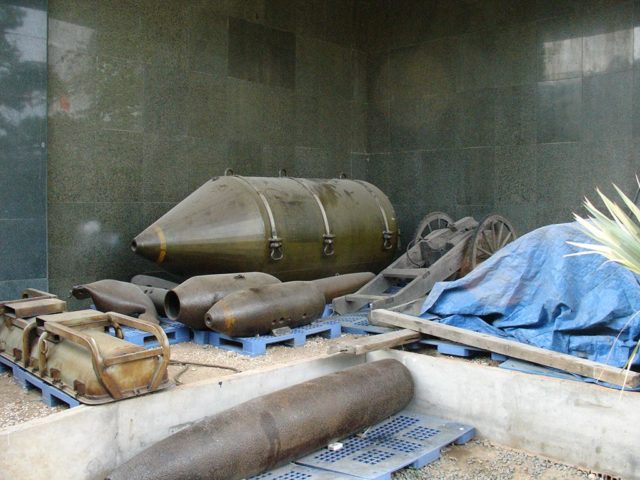
When one considers that even today French experts annually recover about 900 tons of poisonous and explosive munitions from the forests of Verdun; that French and Flemish farmers still find so much unexploded ordnance when ploughing their fields, that they call it the ‘iron harvest’ and that in Belgium, each year over 150 tons of unexploded bombs are removed by their bomb disposal units, we come to realise that worldwide, this is a problem of massive proportions, Radio New Zealand News reported.
Not only Europe’s lands are littered with the detritus of wars, but also the rivers, lakes, and seas. It was in 1967 when the WWII wreck of the Polish ship ‘Kielce’ exploded near Folkestone, causing a 4.5 earth tremor as measured on the Richter scale. There is a great worry too regarding the threat presented by the Wreck of SS Richard Montgomery, which in 1944 sank off the coast of Kent (UK) with a load including 1500 tons of explosive ordnance.
Considering all of the above, one would have thought that the ‘powers that be’ would take note of the devastation caused by all this dangerous and earth-contaminating ordnance and realise that we MUST consider our Earth – after all – it is the only one we have.
